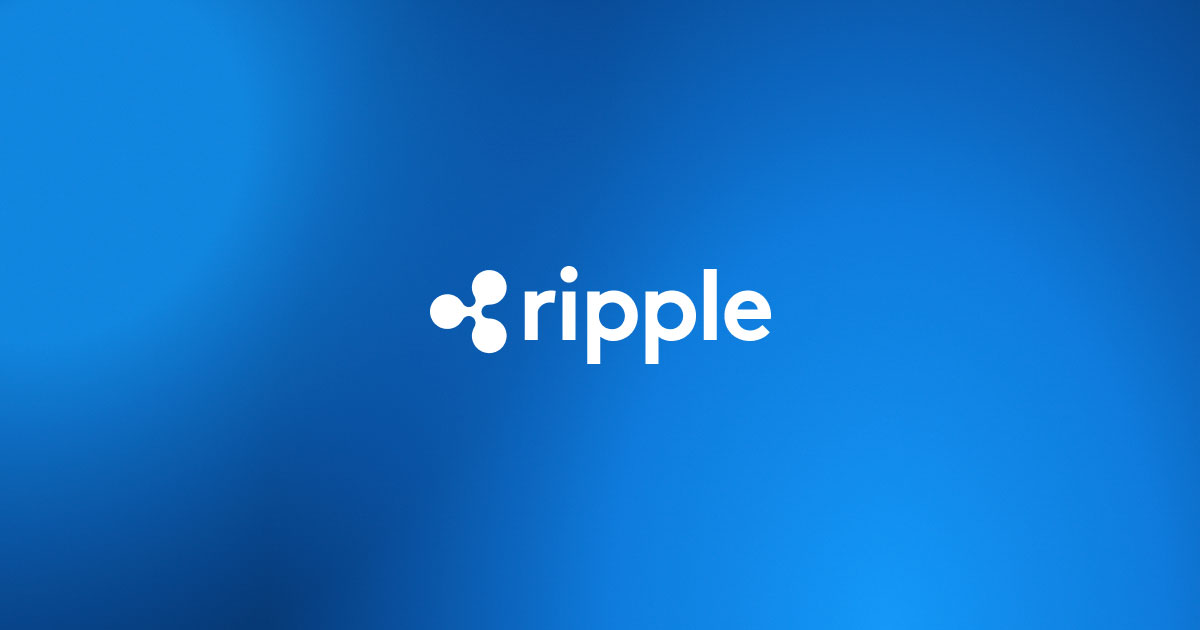Ripple Mints Over 13M RLUSD Stablecoins as Launch Approaches
13.12.2024 18:30 1 min. read Kosta Gushterov
Ripple Labs is advancing its stablecoin project, RLUSD, with significant progress as it mints nearly 14 million tokens across various blockchain networks.
This marks a key step as Ripple prepares to launch the stablecoin after receiving regulatory approval from the New York Department of Financial Services (NYDFS).
The minting process has seen RLUSD tokens distributed between the XRP Ledger and Ethereum network. With RLUSD fully backed by U.S. Treasuries, Ripple is conducting comprehensive tests to ensure functionality across platforms. These steps are designed to ensure a smooth rollout, with Ripple CEO Brad Garlinghouse confirming that they will officially announce the stablecoin’s launch when it goes live.
What sets RLUSD apart from its competitors is its compliance with U.S. regulations, such as the Dodd-Frank Act, making it one of the few stablecoins approved by U.S. authorities. Ripple’s approach to transparency, including real-time audits, further differentiates it from other stablecoins like USDT and USDC, which have faced scrutiny over their operations.
Ripple’s XRP token has also benefitted from these developments, with its price rising from $1.90 to $2.35. Analysts suggest that RLUSD’s launch could spur further gains for XRP, particularly if the stablecoin integrates into decentralized finance (DeFi) ecosystems, where it could generate additional demand. Notably, large XRP transfers have been taking place, signaling heightened interest in Ripple’s ecosystem as the stablecoin’s release nears.
-
1
Whale Activity Alert: Which Altcoins Saw Millions Flow Into Exchanges?
09.07.2025 9:00 2 min. read -
2
Bitcoin Rises as Thousands of Altcoins Disappear
07.07.2025 13:00 2 min. read -
3
Binance Launches New Airdrop Rewards for BNB Holders
09.07.2025 18:00 2 min. read -
4
Ethereum nears key resistance as analysts predict $3,500 surge
13.07.2025 20:00 2 min. read -
5
Here is Why Institutions are Choosing Ethereum, According To Vitalik Buterin
06.07.2025 15:00 1 min. read
Stablecoins Now Used in Credit Cards, Putting Bank Deposits at Risk
Stablecoins are no longer just a crypto-native tool—they’re reshaping financial access, payments, and even central banking dynamics.
Altcoin Volume on Binance Hits Highest Level Since February
Altcoin trading volume on Binance Futures surged to $100.7 billion in a single day, reaching its highest level since February 3, 2025, according to data from CryptoQuant.
Bitcoin Exchange Inflows Spike — What Does it Means for Altcoins?
Bitcoin just recorded its largest net inflow to exchanges since July 2024, signaling a potential shift in market behavior.
Tron Signals Early Altseason Shift as Bitcoin Decouples
Tron (TRX) is showing signs of breaking away from Bitcoin’s price action, potentially positioning itself as a leading indicator of an emerging altseason.
-
1
Whale Activity Alert: Which Altcoins Saw Millions Flow Into Exchanges?
09.07.2025 9:00 2 min. read -
2
Bitcoin Rises as Thousands of Altcoins Disappear
07.07.2025 13:00 2 min. read -
3
Binance Launches New Airdrop Rewards for BNB Holders
09.07.2025 18:00 2 min. read -
4
Ethereum nears key resistance as analysts predict $3,500 surge
13.07.2025 20:00 2 min. read -
5
Here is Why Institutions are Choosing Ethereum, According To Vitalik Buterin
06.07.2025 15:00 1 min. read


